Best Kodi XBMC streaming boxes of 2026: the best hardware for Kodi streaming
The best Kodi boxes money can buy

Kodi boxes, also known as Android TV boxes, are massively popular. The best models deliver 4K video to your TV and allow you unfettered access to audio and video streams of every format and service. If there's a better, more versatile piece of AV software out there, we've yet to see it.
On top of giving you the capability to stream video and music files over a local network, the software also includes the ability to install add-ons to stream from almost any streaming service you could think of, including Amazon Prime Instant Video, Spotify and Netflix.
One of the main selling points of Kodi is the fact that it’s supported by pretty much any platform you could think of, up to and including macOS, Android, Linux and Windows.
The only real drawback we can think of is that Kodi doesn’t actually manufacture streaming boxes (no, the official Kodi Raspberry Pi case doesn't count), so you need to find your own device to run it on.
Luckily, dozens of manufacturers the world over are more than happy to provide some to you. In fact, to be totally honest, the requirements for running Kodi are almost laughably low: all you need is a 3D capable GPU graphics hardware controller for all rendering, a dual-core (or better CPU), and 1GB of RAM.
That said, while there are plenty of boxes available with Kodi pre-installed, you have to be careful. So-called 'fully loaded' Kodi boxes come with lots of add-ons that give you access to pirated content. Unsurprisingly, there's a huge crackdown on these types of boxes, with the EU declaring them illegal.
The best solution is to find a compatible media box and manually install Kodi. And with this guide, we’ve gathered together the best Kodi streaming boxes on the market in 2018. For each, we've tested how easy it is to install Kodi, how smoothly it runs, and how each handles playing 1080p or 4K video.
- You will find the best VPN services for Kodi.

1. Xbox One X
Specifications
Reasons to buy
Reasons to avoid
Well, this is a surprise. The Xbox One X is the best Kodi player of the year. Sporting Kodi 18 Leia, installing the media streaming suite is impossibly easy on Xbox One X - just head to the App Store to grab the latest version. That makes it way easier than side-loading the software on Amazon devices and, thanks to the processor and copious memory inside the Xbox One X, it runs like a dream.
The only thing holding the Xbox One X (and, to a lesser extent, the Xbox One S) back from utter perfection is that some add-ons haven't been optimized for Kodi 18 yet - and, with no other options in the store, you're forced to leave some add-ons behind.
Still, if you don't mind missing out on a few add-ons, the Xbox One X is our top pick for the best Kodi box this year.
Read the full review: Xbox One X
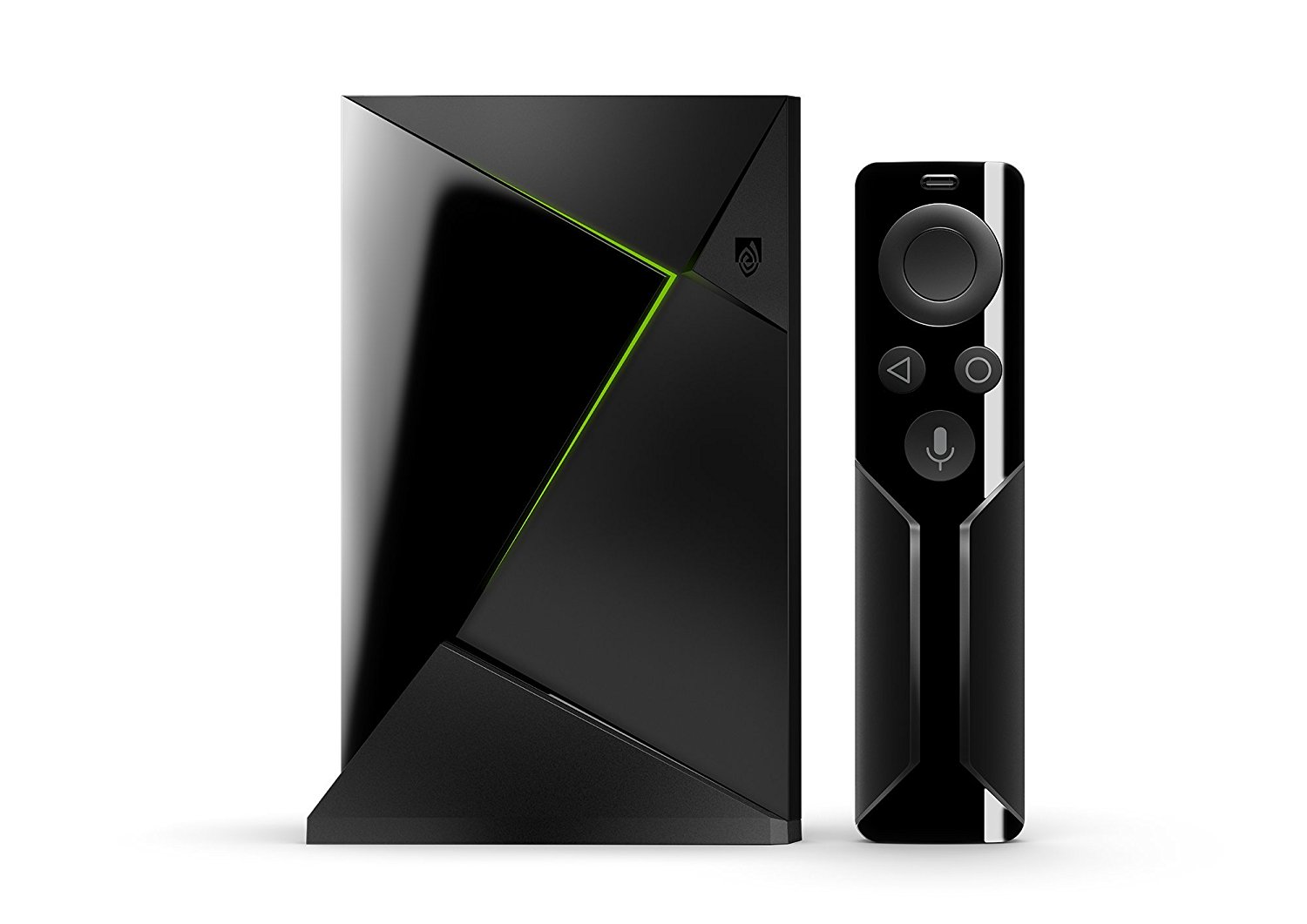
2. Nvidia Shield TV Pro
Reasons to buy
Reasons to avoid
The Nvidia Shield Pro is the most powerful Android set-top box that we've reviewed. It's designed with all types of 4K home entertainment in mind, from Netflix to the latest games via Geforce Now. Unsurprisingly, this power makes the Nvidia Shield Pro one of the best boxes for Kodi.
Running Android TV, the Nvidia Shield Pro is one of the easiest boxes to configure Kodi on. With Google Play reconfigured for your TV screen and remote control, rather than a touchscreen, installing Kodi was an absolute breeze; in fact, we didn't have to type anything, since we were able to use the voice search provided by the remote control to find the Kodi app.
Kodi started in just a couple of seconds, with the box recovering from standby in a similar amount of time. There are no lengthy waits with the Nvidia Shield.
Once in Kodi performance was exceptional, with super-smooth menus and animations across the board. The menus and interface were easy to navigate using the excellent bundled remote control, too.
We tested 4K and 1080p videos, with both streaming smoothly. The Shield could also easily downsample 4K video to fill a 1080p TV, too. We had no problems using the built-in 802.11ac Wi-Fi; if your network signal isn't strong enough, there's an Ethernet port in the back.
Considering the small size of the Nvidia Shield, the performance is phenomenal. If you don't care about the gaming content, the Amazon Fire TV is better value for 4K playback; if you want the absolute best performance, this is the media streamer to buy.
Read the full review: Nvidia Shield
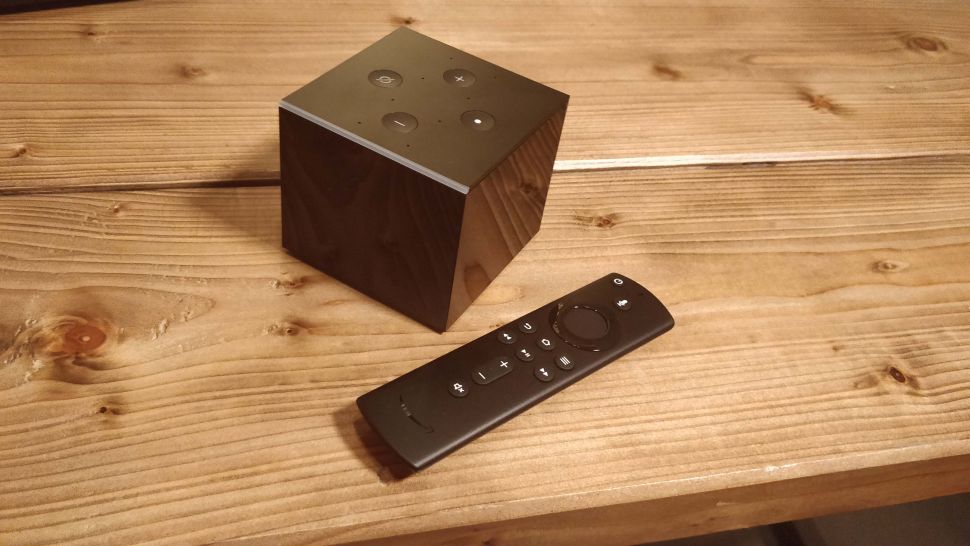
3. Amazon Fire TV Cube
Reasons to buy
Reasons to avoid
Putting Kodi on the Amazon Fire TV takes a bit of finagling, yes, but when it's on there the world of streaming video will be your oyster. Using Fire TV OS, a variation of Android, Amazon’s newest Fire TV Cube is, by far, our favorite Amazon streaming device – better in so many ways than the Amazon Fire TV Cube that was released in 2017 (which is also included in this list of best Kodi boxes). The processor upgrade and inclusion of Dolby Vision are great new additions and, in spite of a few shortcomings, help solidify the Cube's spot as one of the best streaming players to be released this year.
The Fire TV Cube has always been rock-solid in terms of performance, but the latest version introduces a number of upgrades that make it even faster.
Read our review of the Amazon Fire TV Cube here.
- Check out our guide on how to install Kodi on the Amazon Fire TV
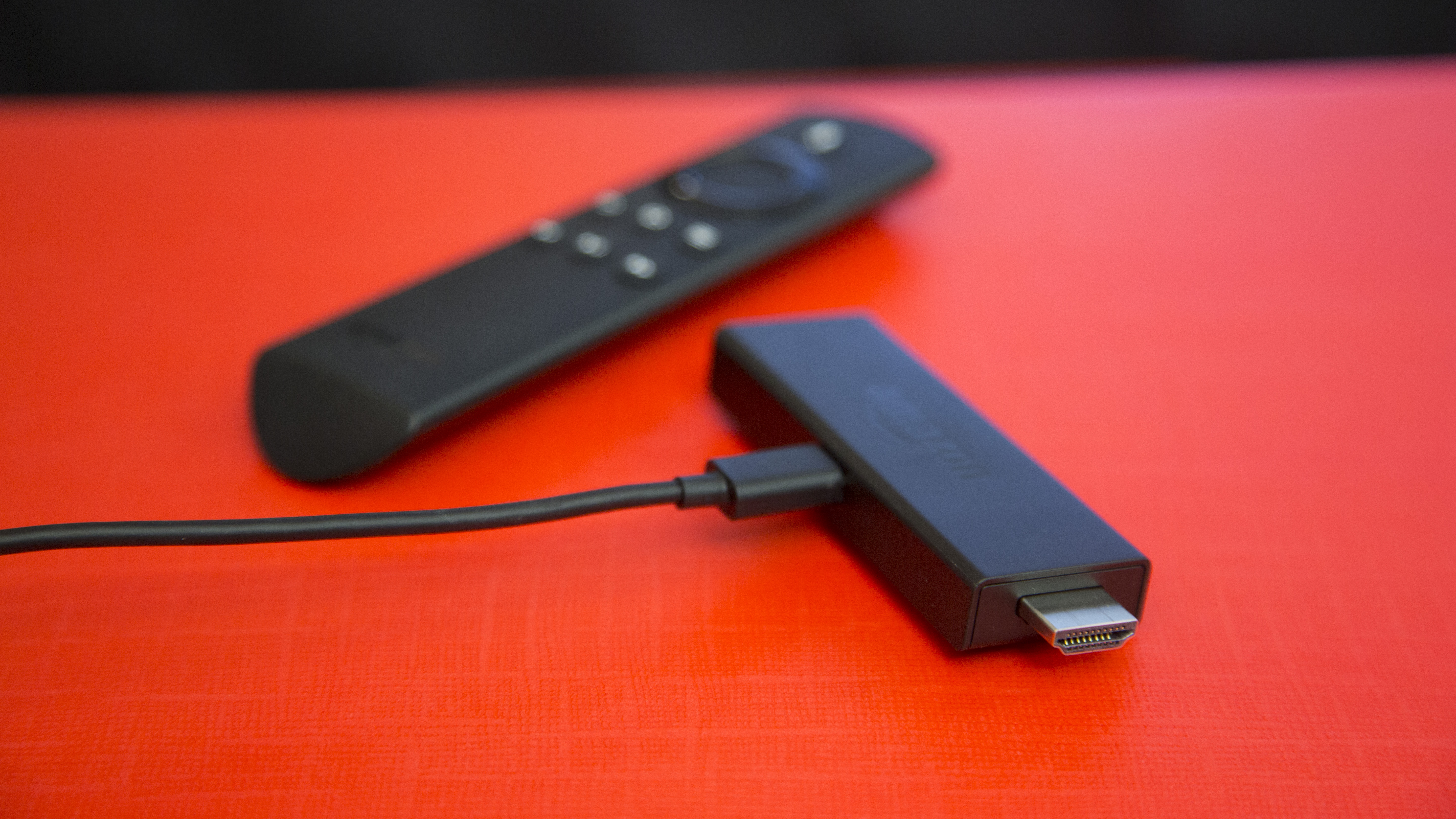
4. Amazon Fire TV Stick
Specifications
Reasons to buy
Reasons to avoid
The Amazon Fire TV Stick is one of the most popular streaming devices among Kodi users – and it has been for a while. With the 2017 version of the Fire TV Stick, things are even better. A faster processor makes the media streamer 30% faster than the old one, according to Amazon. The new stick also features Alexa support built in (although this doesn't work with Kodi), and the device is only slightly more expensive than the original.
However, getting Kodi on the Fire TV Stick can be a bit of a hassle, as the app is not listed in the Amazon app store. Instead, you have to sideload Kodi. Once installed, though, the Fire TV stick is phenomenal.
- Check out our guide on how to install Kodi on a Fire TV Stick
The included Bluetooth remote control effortlessly navigates through Kodi’s menus and interface. While the older Fire TV struggled a little to navigate Kodi's menus smoothly, the new model has no such trouble with the default skin.
Keep in mind that the Fire TV’s HDMI output only supports up to 1080p video. Testing, we found that our 1080p videos played smoothly; 4K videos launched and were downscaled, but we soon ran into buffering problems as the Fire TV struggled to keep up with the high quality video.
If you don't care about not having 4K and want a small, simple device that can handle 1080p Kodi, as well as Netflix and Amazon Prime Instant Video, this is the best Kodi streaming box for you.
Read the full review: Amazon Fire TV Stick

5. Turewell T9
Specifications
Reasons to buy
Reasons to avoid
The Turewell T9 Android 9.0 TV box comes with Android 9.0 Pie, making it fast and efficient for use with Kodi. In fact, the default media player, called KD, is Kodi under another name, so you don't have to worry about installing it. This Android TV box offers a decent range of games, an attractive user interface (for the cost), and Google Play Store support which grants you access to an eclectic mix of experiences. It also supports video decoding and plays almost all popular audio and video formats, including 4K HD video.
And moreover, its H.265 decoding will save 50% of streaming bandwidth compared H.264, providing the ability to play thousands of Android games on a large 4K screen while enjoying a higher quality experience with less buffering.

6. MINIX NEO U9-H
Specifications
Reasons to buy
Reasons to avoid
Featuring speedy video that stretches up to 60fps, the NEO U9-H 64-bit Media Hub for Android delivers smooth, responsive, and crystal-clear picture quality thanks to its 4K capabilities. Even better, the U9-H offers impressive picture performance thanks to full HDR10 support.
Its HDR (High Dynamic Range) technology widens the color spectrum, displaying brighter whites and deeper blacks, accentuating the contrast to create a more natural, vibrant viewing experience. This makes it an excellent budget Kodi box.
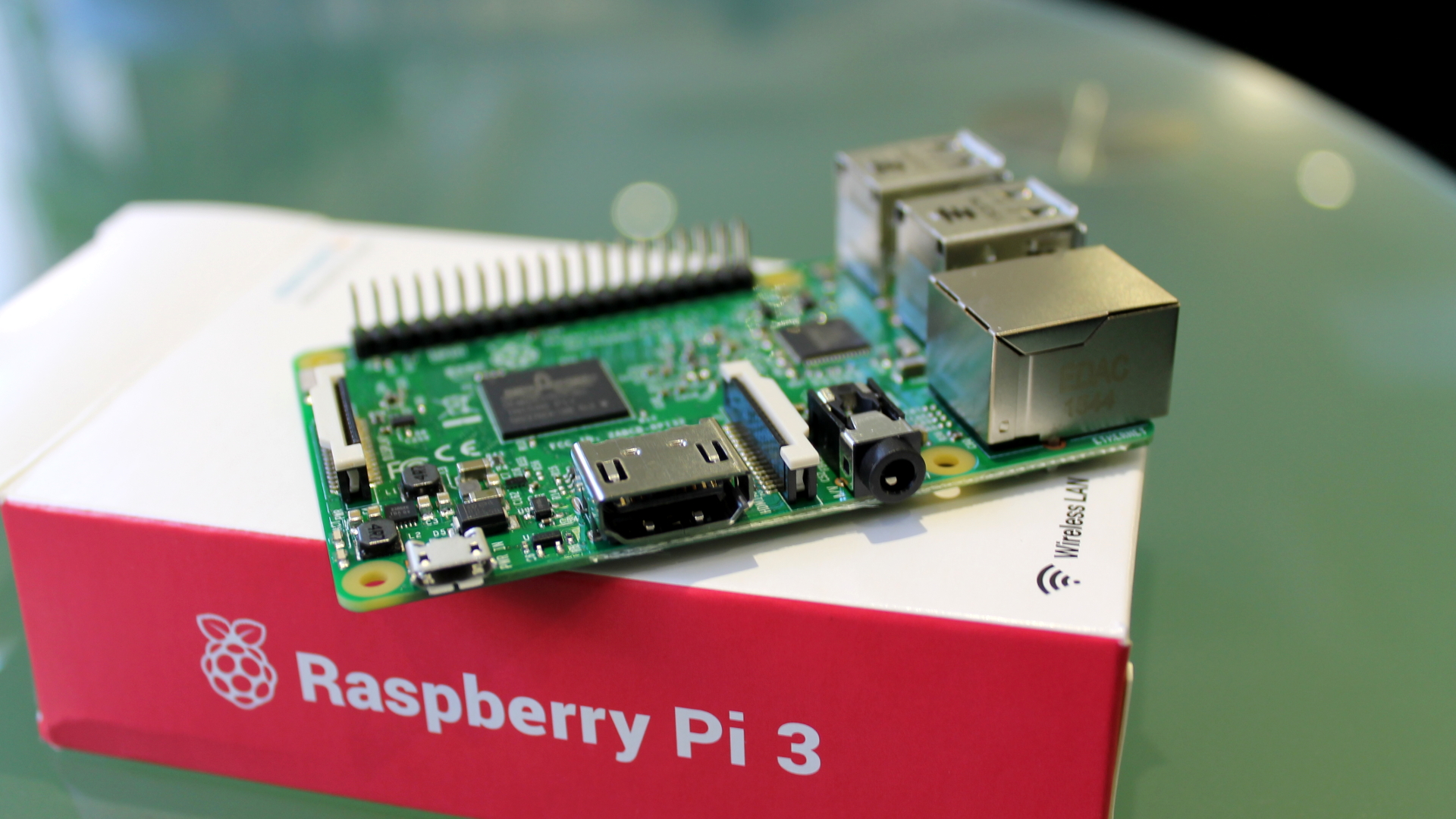
7. Raspberry Pi 3
Specifications
Reasons to buy
Reasons to avoid
The Raspberry Pi 3 is a brilliant little computer for all types of projects, and its diminutive size makes it an attractive option for building a tiny Kodi media centre. The Raspberry Pi Foundation makes this easy, too, with NOOBS supporting two pre-built options: LibreELEC and OSMC. We've used OSMC for this guide.
Once installed, the Pi 3 boots into OSMC and runs you through a quick configuration wizard before moving to Kodi. After that, the Raspberry Pi 3 takes around 20s to power on. OSMC gives you a custom skin designed for the Pi, although you can switch back to the Classic option. We recommend avoiding over-complicated skins, as the Pi may struggle to run them. As it stands, the default skins work well, but the animations are only just on the right side of smooth. It's also worth buying a fast microSD card so that the Pi 3 boots quickly and remains responsive.
Thanks to its quad-core CPU, we found that that the Raspberry Pi 3 could handle 1080p videos easily. There's no Ultra HD support from the HDMI output, and the Pi 3 can't downscale 4K movies. With our test 4K footage, the Pi showed a broken image and became very jerky to use. Given the 802.11n Wi-Fi built into the Pi 3, you may find that you need to use the wired Ethernet connection if your wireless network signal isn't strong enough and you get buffering issues.
The Pi 3 comes without a case, so you'll need to budget for one. It doesn't ship with a remote, either, although you may be able to control Kodi using an HDMI CEC-compatible TV's remote; the smartphone app is otherwise the easiest method.
If you have a Raspberry Pi 3 already, it will make a decent 1080p Kodi media centre. If you don't have one, the Amazon Fire TV Stick is a better choice, and cheaper considering it comes with a remote and doesn't need a case.
Read the full review: Raspberry Pi 3

8. Mecool MK9 Pro
Reasons to buy
Reasons to avoid
Powered by the S905X2, the latest chipset from Amlogic, the Mecool MK9 Pro can display YouTube in 4K and boasts HDR10 alongside HLG HDR and H.265(HEVC) video encoding for enhanced contrast, color and clarity.
Handily, it sports a voice control function and comes with a Bluetooth voice control remote controller, allowing you to operate the TV box using voice commands, which is both novel and useful. With Google Assistant built in, the Mecool MK9 Pro also makes it easy to control your smart home at the same time.
However, the built-in Wi-Fi antenna isn't the strongest we've seen. Unfortunately, wired speeds aren't great due to it having 10/100 LAN, not Gigabit. But, if you have it near your WI-Fi router, you've got yourself an excellent Kodi box with plenty of extra features.
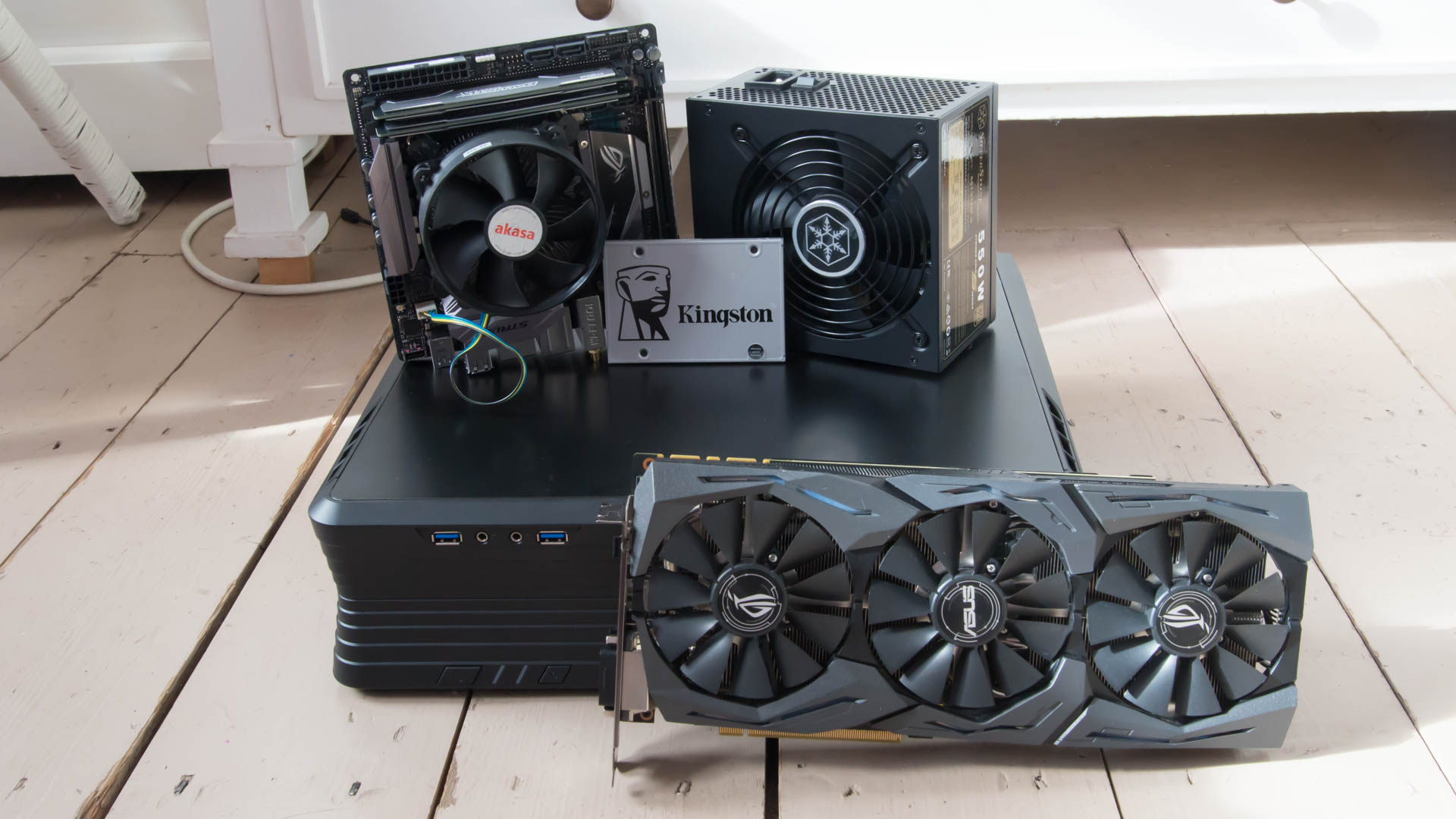
BONUS: Build your own PC
Reasons to buy
Reasons to avoid
The PC is the most versatile platform on Earth, so why not use it to build your very own Kodi box? Yes, the total cost will outstrip that of the other models here, but you'll get a more powerful unit that can run more than just Kodi.
There are lots of options to go for, too. The simplest is to buy a pre-made mini PC. We tested on the excellent, but not widely available, Asus VivoMini VC65. This tiny computer measures 197 x 196 x 62mm, so will easily squeeze underneath your TV. There's even a version with a built-in DVD drive, too.
The other option is to build your own computer - check out our guide on how to build a console-sized gaming PC for a good guide. The benefit of the second option is that you can specify the exact PC you want, so that it can even play the latest games.
There are a few things to watch out for. First, integrated graphics on Intel processors only support an HDMI 1.4 output. That means you're restricted to 4K at a jerky 24Hz; you have to use DisplayPort to get the full 60Hz in Ultra HD. For that reason, you will need a mini PC with a dedicated graphics card that has an HDMI 2.0 output.
You don't get a dedicated remote control with most PCs, but the control options are huge: you can use a wireless keyboard, game controller or the smartphone app, amongst others.
This is probably the most expensive method on this list, but the resulting satisfaction from having built an HTPC entirely yourself is worth the effort it takes several times over.
Sign up to the TechRadar Pro newsletter to get all the top news, opinion, features and guidance your business needs to succeed!
David Ludlow is a Freelance Journalist and Home Technology Editor. Starting life on the consumer PC press back in 1998, David has been writing about the forefront of technology for the past 20 years. David has edited Computer Shopper and launched Expert Reviews. He has written a number of books on PC building and maintenance. He looks after all things smarthome and home appliances for Trusted Reviews.
